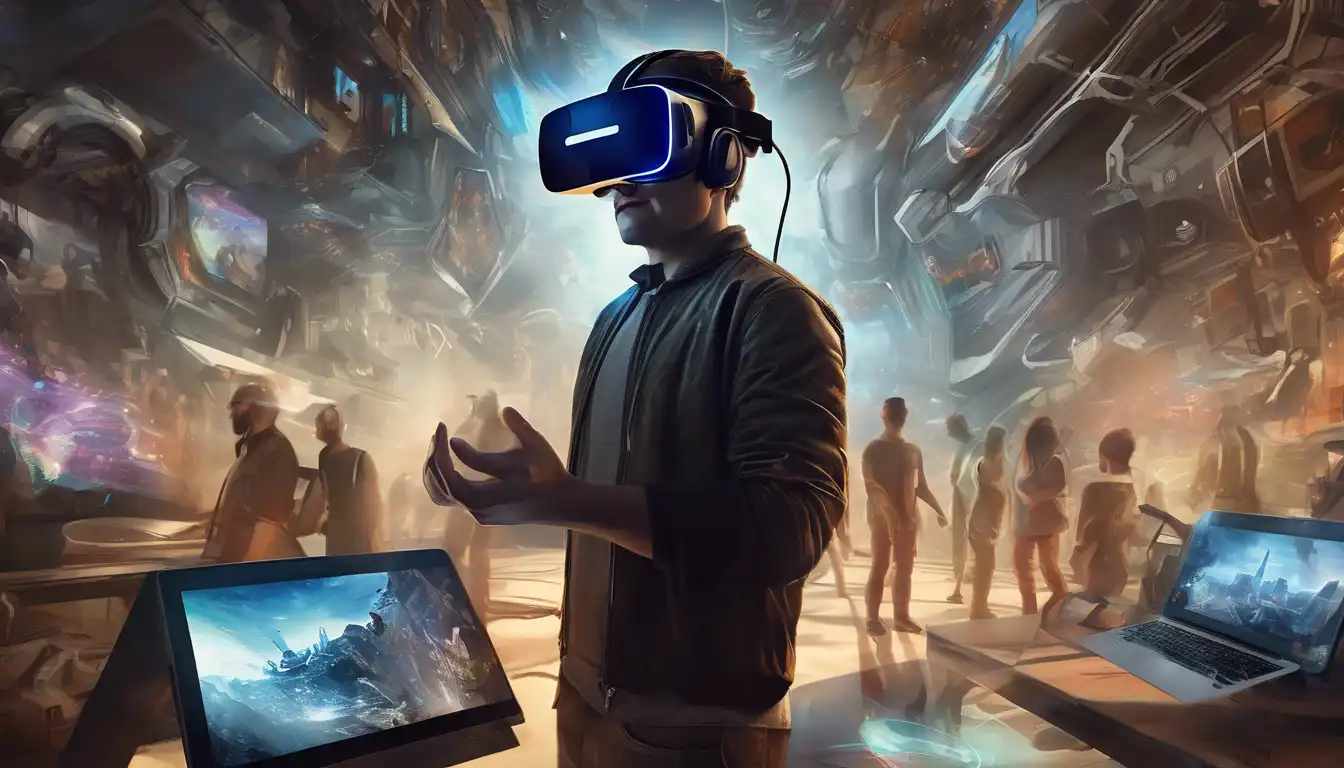Introduction to Virtual Reality
Virtual Reality (VR) is no longer just a figment of science fiction. It's here, and it's transforming the way we interact with digital content. From gaming to education, VR is making waves across various sectors, offering immersive experiences that were once unimaginable.
The Rise of VR in Gaming
The gaming industry has been one of the first to embrace VR, providing players with unparalleled immersion. Games like Beat Saber and Half-Life: Alyx have set new standards for what's possible, blending physical movement with digital worlds.
VR Beyond Gaming
But VR's potential extends far beyond gaming. In education, VR can transport students to ancient civilizations or inside the human body. In healthcare, it's being used for surgical training and therapy. The possibilities are endless.
How VR is Shaping the Future
As technology advances, VR is becoming more accessible and affordable. This democratization of VR technology is paving the way for innovative applications in fields like real estate, where virtual tours are becoming the norm, and in social media, where virtual spaces allow for new forms of interaction.
The Challenges Ahead
Despite its potential, VR faces challenges such as high costs, the need for powerful hardware, and concerns over privacy and data security. Addressing these issues is crucial for VR's widespread adoption.
Conclusion: The VR Revolution
Virtual Reality is not just the next big thing in tech; it's a transformative force that's reshaping industries and redefining human interaction with digital content. As we overcome the current limitations, VR's role in our lives is only set to increase.
For more insights into the latest in technology, check out our tech trends section.
